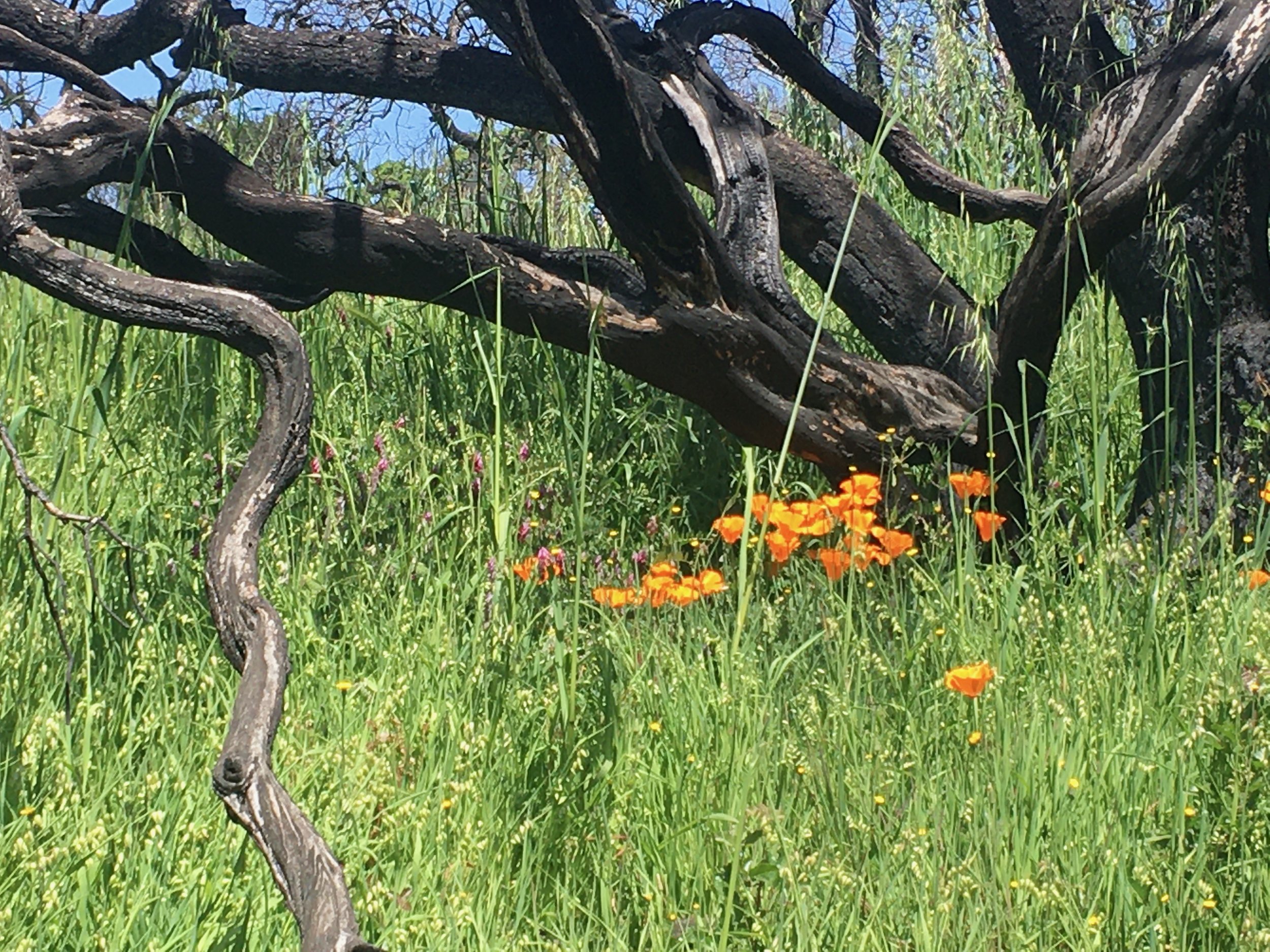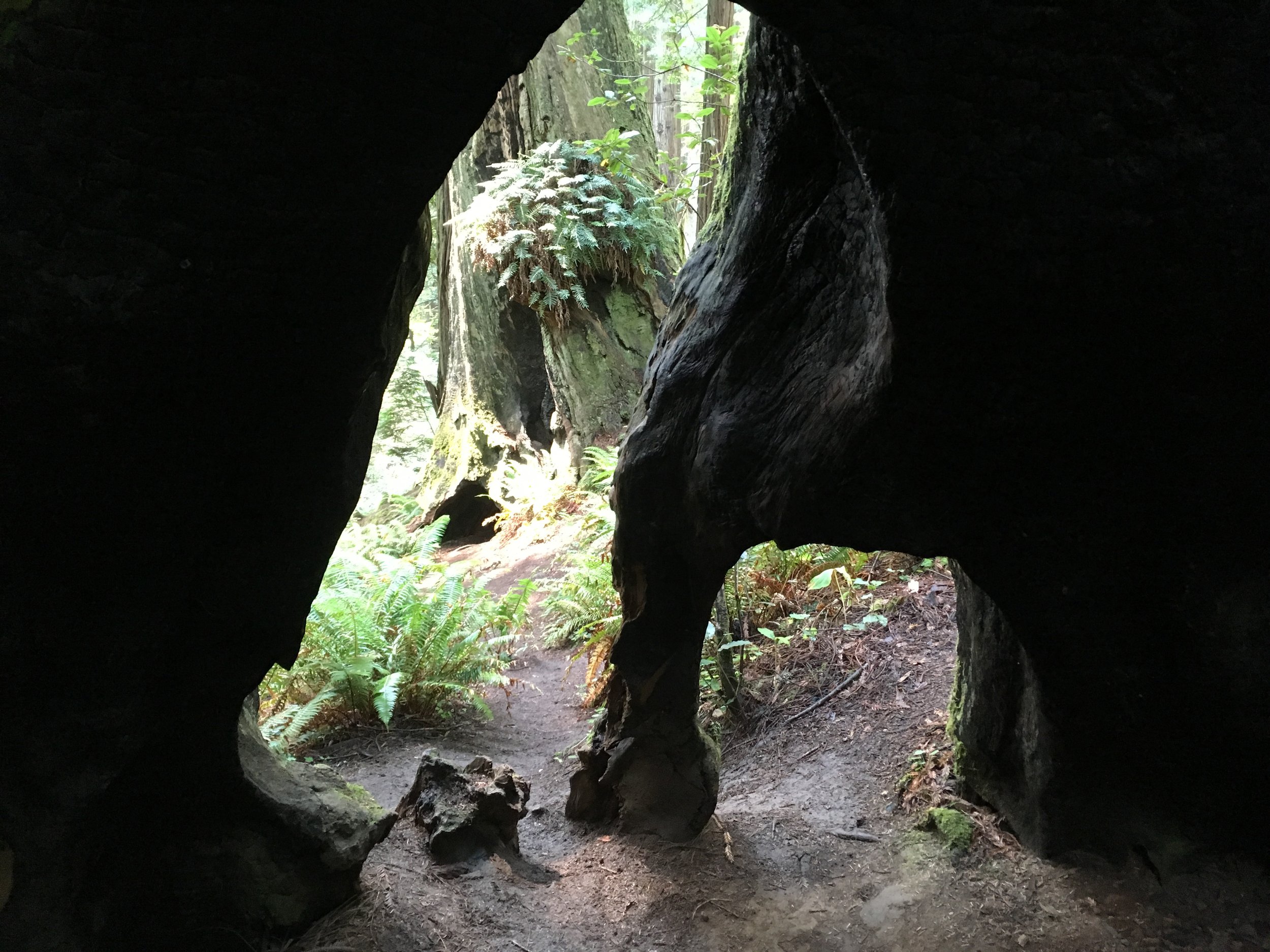
Originally Published in the Climate Psychology Alliance – North America Blog
Psychotherapists, regardless of our theoretical background or treatment modality, share a common critical capacity: the ability to hold space for difficult emotions and experiences. This capacity is hard to measure, define, or teach. It entails a moment-by-moment dance of empathy, compassion, presence, self-reflection, and self-regulation. It forms the basis of the healing relationships that underlie our work. And it is self-protective, insulating us from the vicarious trauma we risk experiencing, as we expose ourselves daily to our clients’ stories of suffering.
As with any skill, building our capacity to hold space takes time, practice, and mentorship. Ideally, our initial exposures to stories of suffering occur in the course of a fairly predictable work routine, in manageable doses that we can counter with an increasingly sophisticated set of self-regulatory actions. To aid in this ability, we are taught to cultivate an objective distance–a barrier between the client’s story and our own psyche–symbolized by the image of Freud, pad in hand, seated behind his couch.
My own journey as a trauma therapist has highlighted the value of professional distance. My first job in the field was at a group home for adolescent mothers here in Northern California. I had never heard stories like those told by the young moms I met there. Their lives were a litany of abandonments, losses, violations, and terrors. The experience was a crash course in the horrors humans can inflict upon each other, and an introduction to the extent of my own privilege. That their stories were so far removed from my own experience was a protective factor, enabling my developing capacity to hold space. I have since built a career out of caring for some of the most vulnerable in my community–very young children already burdened by histories of abuse and neglect. The extent of difference between their stories and mine has allowed me to bear witness to the horrific without being flooded by the effects.
On October 8th, 2017, I lost the protection of distance. Overnight, the Tubbs Fire ravaged my community in Santa Rosa. It was the first major urban wildfire, and briefly held the title of most destructive in California history. Tubbs forced rapid, mass evacuations in the middle of the night, including the complete evacuation of two major hospitals. By morning, over five thousand structures had burned, and twenty-two people had perished.
I awoke to a changed world of smoke-filled skies, silent streets, missing landmarks, and collective shock. And I returned, after five days of evacuation, to a changed psychotherapy practice. My clients’ stories mirrored my own. I shared the need to integrate, to come to terms with the frightening and disruptive events of that night. For a time, the boundaries that contain therapeutic relationships melted away, as we therapists faced the daunting task of healing ourselves along with our entire wounded community.
Healing has turned out to be an elusive process at best. The impact of Tubbs is still being felt in systems throughout Sonoma County: lack of housing, disrupted child welfare responses, disrupted schooling, and delayed court cases continue to haunt our community. And any hope of a full recovery was quashed as the subsequent years brought two more rounds of devastating and terrifying local wildfires. The rest of the West Coast has joined us, and Tubbs has been far surpassed in its destructiveness since.
My therapy skills have not made me immune to the lingering effects of fire trauma. I feel the unease of hyperarousal whenever the wind blows strong, and I have endured many a night of disrupted sleep, anticipating evacuation alerts. My ability to hold space for the fire-related stories of my clients is not protected by distance from their experience. I have had to learn on the fly how to show up: maintaining presence, calm, and awareness, even as their anxieties trigger and match my own.
When Tubbs roared through, many tried to claim it was a fluke, and that its devastation was unique to the faults of Sonoma County’s landscape and urban planning. Four more years of lengthy and destructive western wildfire seasons have proven this wrong. Catastrophic wildfires are the result of poor forest management combined with climate change. They are the new normal.
Like many of us finding our way now to the Climate Psychology Alliance of North America, I carry a lifetime of awareness about the climate and biodiversity crises we face. I cannot recall ever believing that our way of life was sustainable; I anticipated living through the collapse of Industrial Growth Society. Still, I maintained the myth that we had some time. When I was pregnant eight years ago, it did not rain once in the first three months of our wet season. Anxiety about mega-drought was a defining aspect of my pregnancy. Yet I still believed my baby would get though childhood, at least, before the real consequences of the climate crisis began to be felt.
The last few years have proven to so many of us that we are out of time. We are living this now. As clinicians, we have a vital role to play in supporting emotional resiliency and strengthening communities, so we can adapt to the repetitive collective trauma we will continue to face. Like so many, I vacillate between hope and despair, anxiety and action. I know that living systems and human ingenuity can weave together in amazing and unexpected ways—and our profession holds an understanding of what it takes to access our full human potential, which will be critical in navigating this process. So I will keep on showing up, participating in the co-creation of the best possible outcome for all living beings.
How do I bring my clinical skills to the climate movement when the protective distance that enables my compassionate presence has completely fallen away? We are all in this together, and it is time to put aside the image of Freud and his couch, in exchange for a more inclusive and participatory psychotherapy that holds us all in this human experience. I cannot claim to know what this will look like. But like all other aspects of this collective moment, it begins with acceptance of the unknown. With allowing what no longer serves to begin falling away, so it can make way for the new that we cannot yet see clearly.

I am grateful for the blossoming of CPA-NA, and the opportunity we will have to support each other on this journey to a new way of holding space, a way that allows for the depth of our own emotions and experiences. I invite you all into collaboration and consultation as we redefine what mental health support looks like in the world in which we now find ourselves living.

Leave a Reply